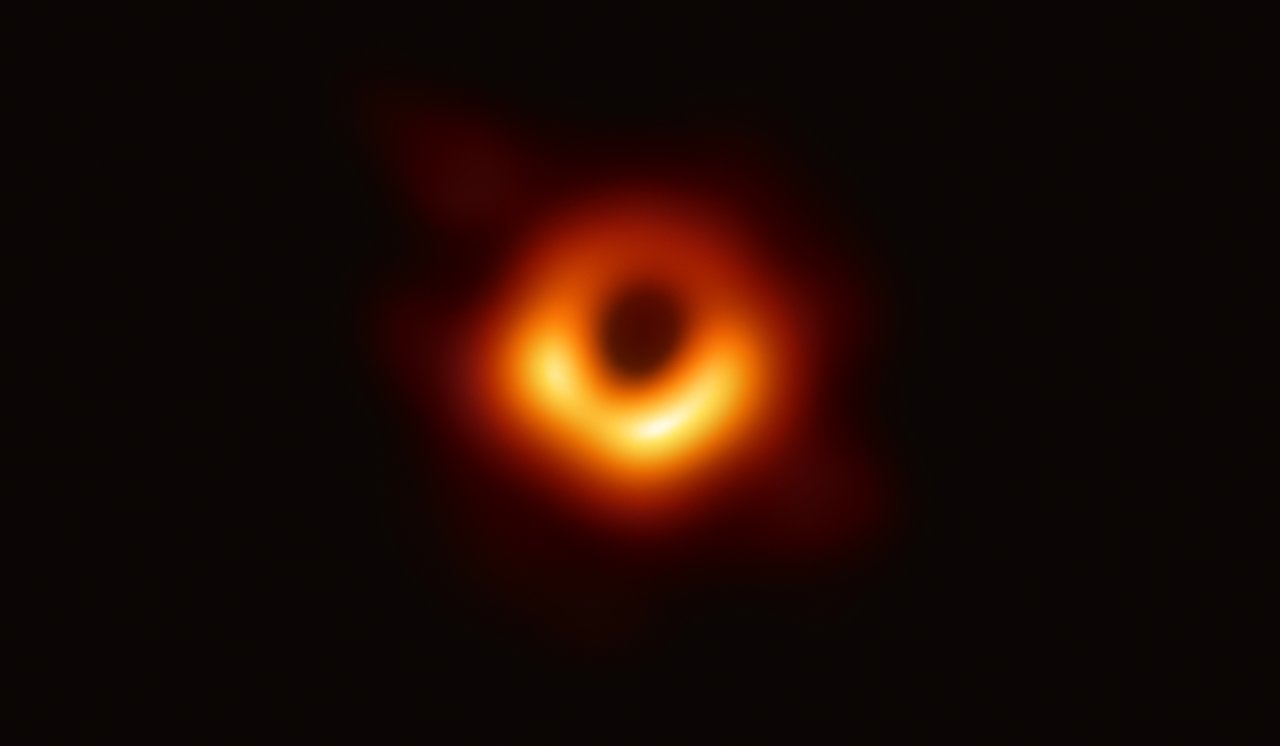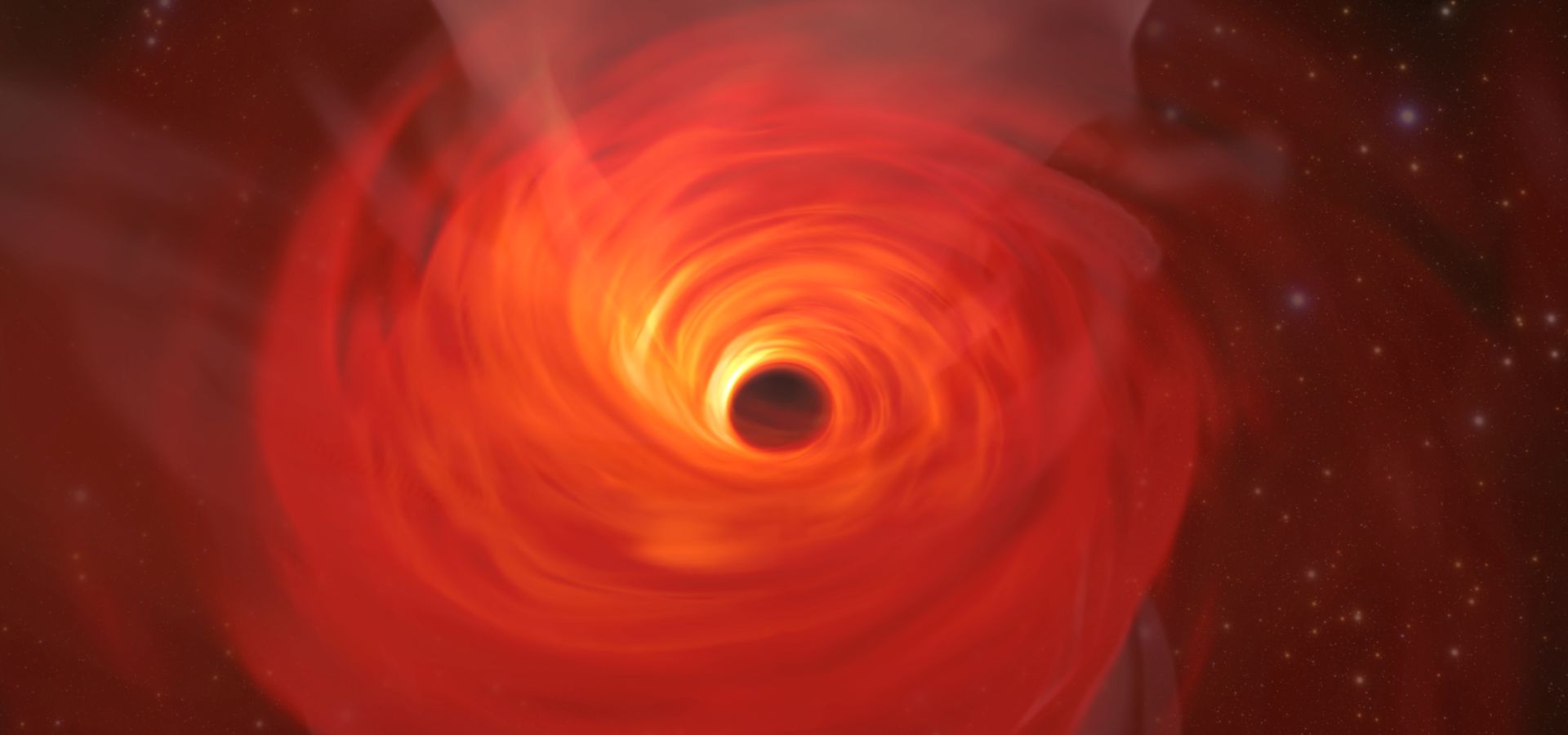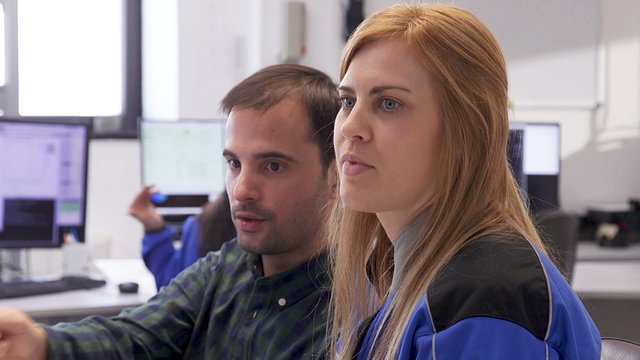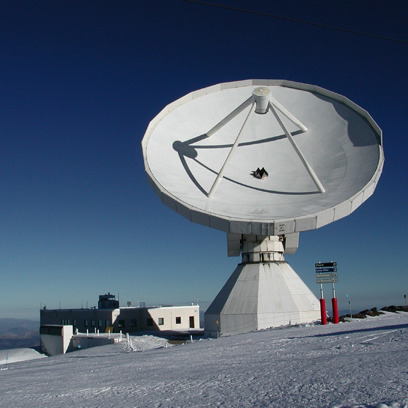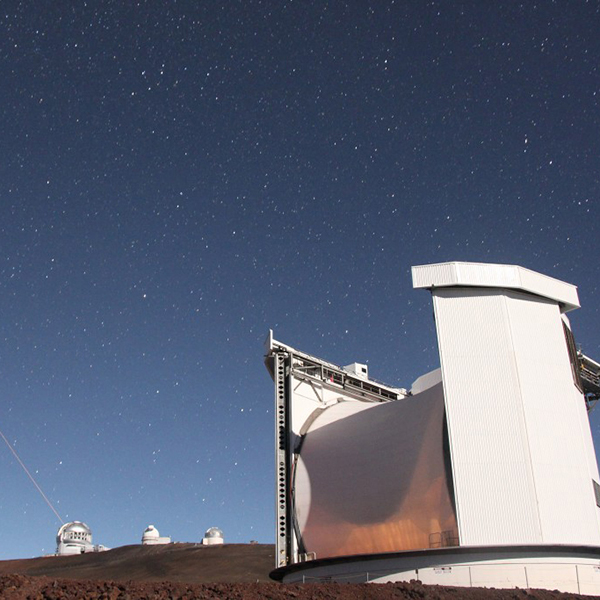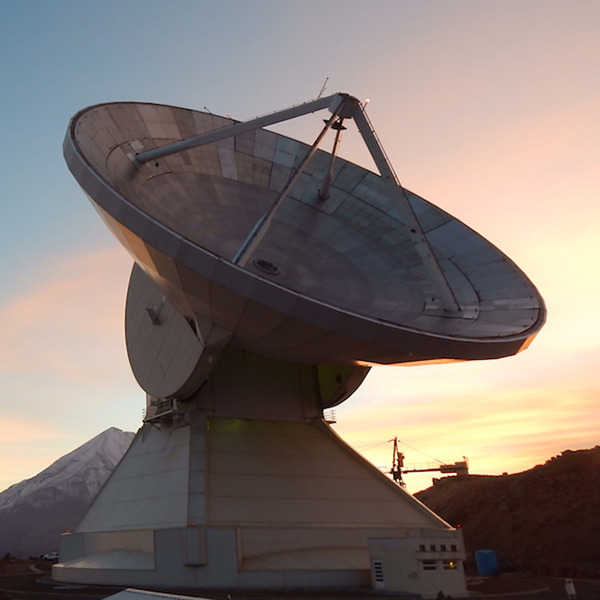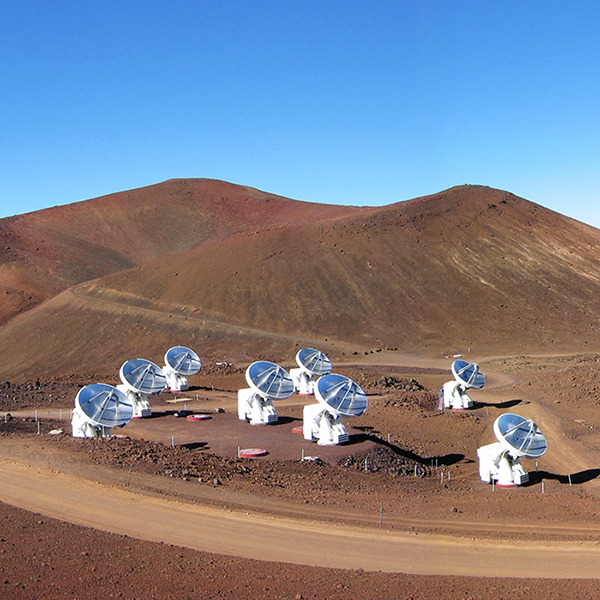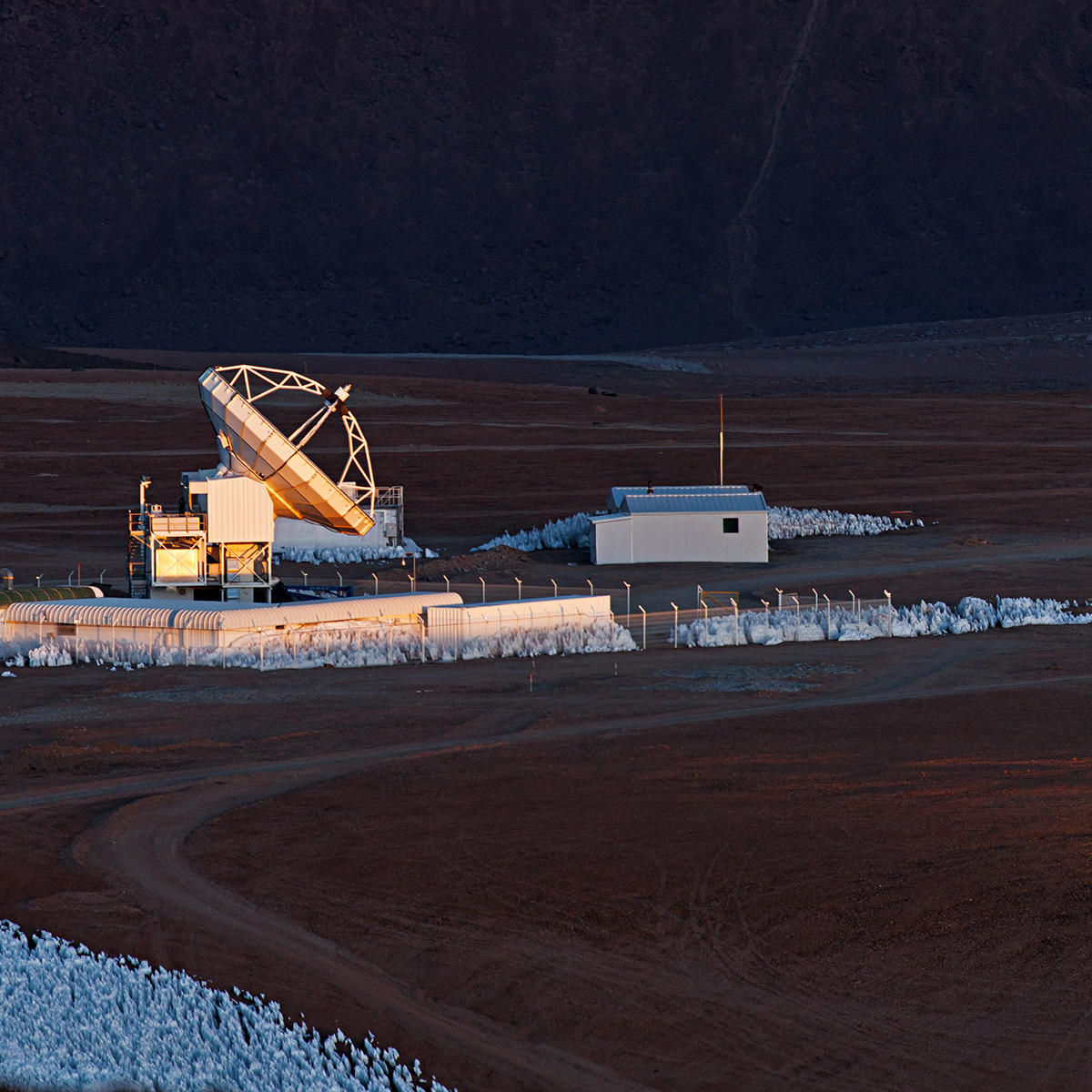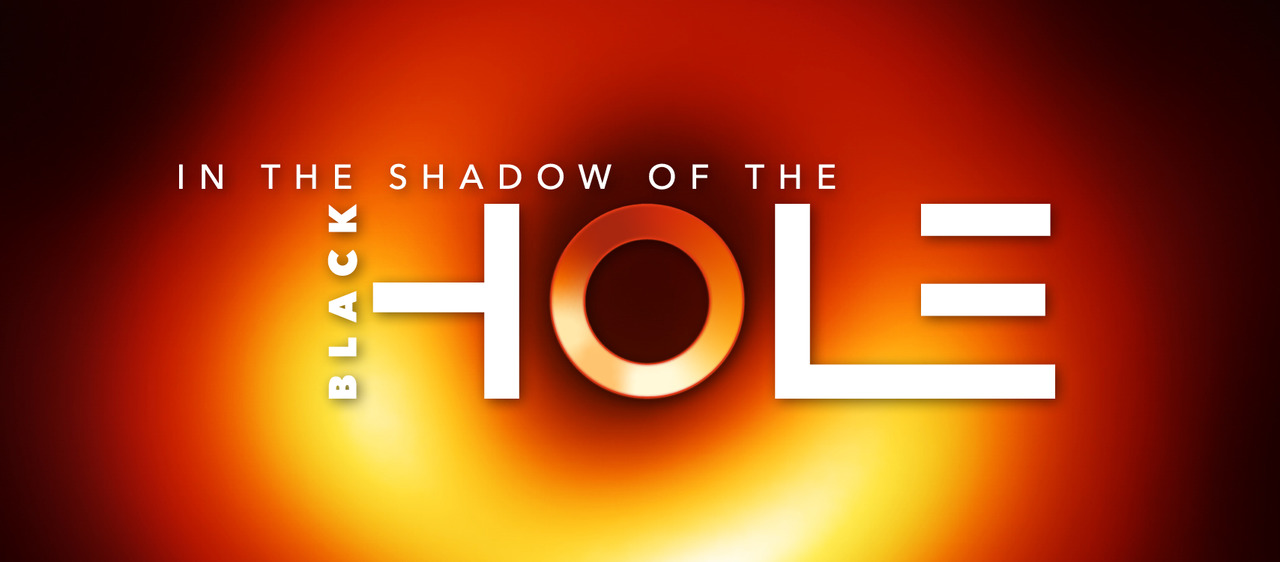
ThePressConference
Watch the livestream of the press conference revealing the first image of a black hole ever taken. This historical event is being held at the European Commission’s Berlaymont Building, Brussels, Belgium. If you have questions for the panellists #askEHTeu on Twitter. Follow other updates at #RealBlackHole. Simultaneously press conferences are being held in numerous locations all over the planet.
TheImage
In 1919 the now famous Eddington expedition ventured out to see whether gravity can bend light — a major test of Einstein’s general theory of relativity. By viewing a total solar eclipse, they showed that the Sun did change the path of starlight just as predicted — making Einstein and his theory world-famous.
Now, a whole century later, scientists set out again, to even more remote locations scattered across four continents. They pushed the limits of astronomical knowledge, testing the same theory in a way Einstein could never have imagined.
Their goal: to take a picture of a black hole, something so ambitious that it seemed impossible...until now!
The paradigm-shifting observations made with the Event Horizon Telescope — composed of ALMA, APEX and six other radio telescopes — have produced an image of the gargantuan black hole at the heart of distant galaxy Messier 87. The image shows the shadow of the supermassive black hole against the disk of superheated plasma surrounding it. A historical first!
TheFilm
The 17-minute film In the Shadow of the Black Hole explores the efforts that led to this historic image, from the science of Einstein and Schwarzschild to the struggles and successes of the EHT collaboration.
Credit: ESO
ThePressRelease
The EHT collaboration involves more than 200 researchers from Africa, Asia, Europe, North and South America. Over six months they worked with more than 50 science communicators in an unprecedented collaboration to produce a joint press release explaining all about this discovery.
BehindTheImage
The light rays in the vicinity of the event horizon of a black hole are bent by the strong gravitation near the event horizon. This is the cause of the shadow captured by the Event Horizon Telescope. In an eerie display of some of nature’s most fascinating optical trickery we are looking at the black hole from all sides at the same time.
Credit: Nicolle R. Fuller/NSF
TheBlogPosts
Hear from some of the people how they were involved at the front line of this endeavour, and about the enormous efforts involved in such an astonishing achievement.
TheZoom
This video starts with a view of ALMA and zooms in on the heart of Messier 87 visible in the constellation Virgo. Along the 55 million light-year journey successively more detailed observations are shown, culminating in the first direct visual evidence of a supermassive black hole’s shadow.
Music: Niklas Falcke
TheGalaxy
The galaxy that was chosen for this study, Messier 87, is an enormous elliptical galaxy located about 55 million light-years from Earth. Just as with all other large galaxies, Messier 87 has a supermassive black hole at its centre. The mass of the black hole at the centre of a galaxy is related to the mass of the galaxy overall, so it shouldn’t be surprising that M87’s black hole is one of the most massive known. The black hole also may explain one of the galaxy’s most energetic features: a relativistic jet of matter being ejected at nearly the speed of light.
This image was captured by ESO’s Very Large Telescope as part of the Cosmic Gems programme.
TheTech
The EHT observations use a technique called very-long-baseline interferometry (VLBI) which synchronises telescope facilities around the world and exploits the rotation of our planet to form one huge, Earth-size telescope observing at a wavelength of 1.3mm. VLBI allows the EHT to achieve an angular resolution of 20 micro-arcseconds — enough to read a newspaper in New York from a café in Paris. Each telescope of the EHT produced enormous amounts of data – roughly 350 terabytes per day — which was stored on high-performance helium-filled hard drives. These data were flown to highly specialised supercomputers — known as correlators — at the Max Planck Institute for Radio Astronomy and MIT Haystack Observatory to be combined. They were then painstakingly converted into an image using novel computational tools developed by the collaboration.
Credit: ESO/ L. Calçada
TheSimulation
In anticipation of the first image of a black hole, scientists built a simulation of one of these fascinating astrophysical objects. Their simulation shows a black hole surrounded by luminous matter. This matter disappears into the black hole in a vortex-like way, and the extreme conditions cause it to become a glowing plasma. The light emitted is then deflected and deformed by the powerful gravity of the black hole.
TheInfrastructure
The construction of the EHT and the observations here represent the culmination of decades of observational, technical, and theoretical work. This example of global teamwork required close collaboration by researchers from around the world. Thirteen partner institutions worked together to create the EHT, using both pre-existing infrastructure and support from a variety of agencies. Key funding was provided by the US National Science Foundation (NSF), the EU's European Research Council (ERC), and funding agencies in East Asia.
European facilities and funding played a crucial role in this worldwide effort, with the participation of advanced European telescopes and the support from the European Research Council — particularly a €14 million grant for the BlackHoleCam project. Support from ESO, IRAM and the Max Planck Society was also key.
TheTimeline
The discovery here has its foundation in research done over the past 100 years. This timeline provides an overview.
TheTelescopes
The eight telescopes contributing to this result were ALMA, APEX, the IRAM 30-meter telescope, the James Clerk Maxwell Telescope, the Large Millimeter Telescope Alfonso Serrano, the Submillimeter Array, the Submillimeter Telescope, and the South Pole Telescope.
TheAnimations
Credit: ESO/M. Kornmesser
Credit: ESO/M. Kornmesser
TheImages
Our use of Cookies
We use cookies that are essential for accessing our websites and using our services. We also use cookies to analyse, measure and improve our websites’ performance, to enable content sharing via social media and to display media content hosted on third-party platforms.
ESO Cookies Policy
The European Organisation for Astronomical Research in the Southern Hemisphere (ESO) is the pre-eminent intergovernmental science and technology organisation in astronomy. It carries out an ambitious programme focused on the design, construction and operation of powerful ground-based observing facilities for astronomy.
This Cookies Policy is intended to provide clarity by outlining the cookies used on the ESO public websites, their functions, the options you have for controlling them, and the ways you can contact us for additional details.
What are cookies?
Cookies are small pieces of data stored on your device by websites you visit. They serve various purposes, such as remembering login credentials and preferences and enhance your browsing experience.
Categories of cookies we use
Essential cookies (always active): These cookies are strictly necessary for the proper functioning of our website. Without these cookies, the website cannot operate correctly, and certain services, such as logging in or accessing secure areas, may not be available; because they are essential for the website’s operation, they cannot be disabled.
Functional Cookies: These cookies enhance your browsing experience by enabling additional features and personalization, such as remembering your preferences and settings. While not strictly necessary for the website to function, they improve usability and convenience; these cookies are only placed if you provide your consent.
Analytics cookies: These cookies collect information about how visitors interact with our website, such as which pages are visited most often and how users navigate the site. This data helps us improve website performance, optimize content, and enhance the user experience; these cookies are only placed if you provide your consent. We use the following analytics cookies.
Matomo Cookies:
This website uses Matomo (formerly Piwik), an open source software which enables the statistical analysis of website visits. Matomo uses cookies (text files) which are saved on your computer and which allow us to analyze how you use our website. The website user information generated by the cookies will only be saved on the servers of our IT Department. We use this information to analyze www.eso.org visits and to prepare reports on website activities. These data will not be disclosed to third parties.
On behalf of ESO, Matomo will use this information for the purpose of evaluating your use of the website, compiling reports on website activity and providing other services relating to website activity and internet usage.
Matomo cookies settings:
Additional Third-party cookies on ESO websites: some of our pages display content from external providers, e.g. YouTube.
Such third-party services are outside of ESO control and may, at any time, change their terms of service, use of cookies, etc.
YouTube: Some videos on the ESO website are embedded from ESO’s official YouTube channel. We have enabled YouTube’s privacy-enhanced mode, meaning that no cookies are set unless the user actively clicks on the video to play it. Additionally, in this mode, YouTube does not store any personally identifiable cookie data for embedded video playbacks. For more details, please refer to YouTube’s embedding videos information page.
Cookies can also be classified based on the following elements.
Regarding the domain, there are:
- First-party cookies, set by the website you are currently visiting. They are stored by the same domain that you are browsing and are used to enhance your experience on that site;
- Third-party cookies, set by a domain other than the one you are currently visiting.
As for their duration, cookies can be:
- Browser-session cookies, which are deleted when the user closes the browser;
- Stored cookies, which stay on the user's device for a predetermined period of time.
How to manage cookies
Cookie settings: You can modify your cookie choices for the ESO webpages at any time by clicking on the link Cookie settings at the bottom of any page.
In your browser: If you wish to delete cookies or instruct your browser to delete or block cookies by default, please visit the help pages of your browser:
Please be aware that if you delete or decline cookies, certain functionalities of our website may be not be available and your browsing experience may be affected.
You can set most browsers to prevent any cookies being placed on your device, but you may then have to manually adjust some preferences every time you visit a site/page. And some services and functionalities may not work properly at all (e.g. profile logging-in, shop check out).
Updates to the ESO Cookies Policy
The ESO Cookies Policy may be subject to future updates, which will be made available on this page.
Additional information
For any queries related to cookies, please contact: pdprATesoDOTorg.
As ESO public webpages are managed by our Department of Communication, your questions will be dealt with the support of the said Department.
